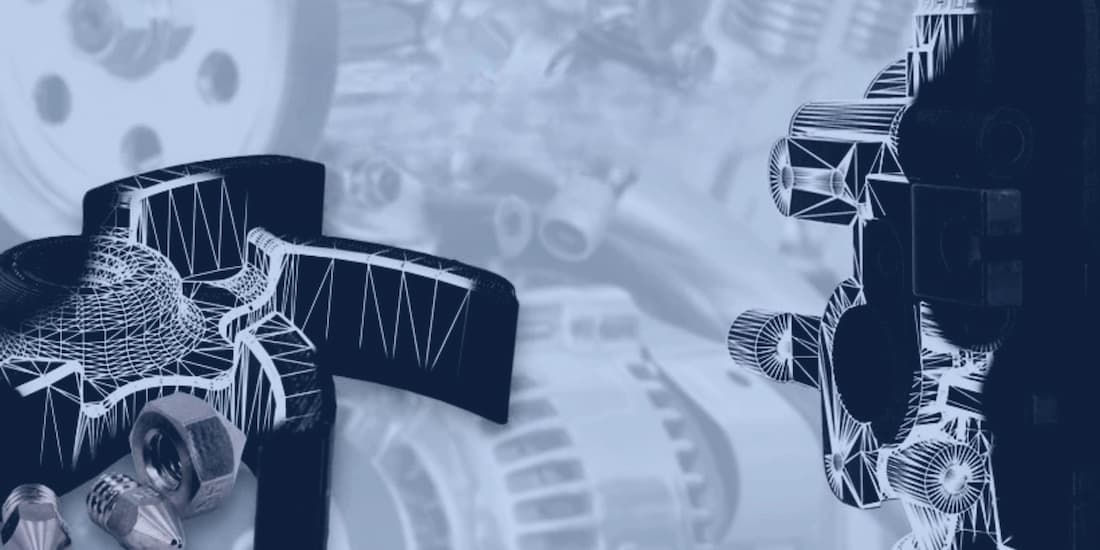ABS and PLA are two of the most commonly used filaments in the 3D printing industry. When choosing between these two filaments it is important to compare their features to ensure you are picking the right material for your project. Factors to consider are strength, flexibility, accuracy, and special conditions that may be required for the filament to print properly. We have compared the two filaments to help make the decision easier. Continue on to see if PLA or ABS is right for your next 3D printing project.
PLA
PLA, also known as Polylactic Acid, is a plant-derived thermoplastic that is usually made from corn and is most commonly used due to its lower price point and it being easy to use. It features an opaque, glossy finish and is a great starter material for beginners. PLA is commonly used for prototyping, mock-ups, and education aids. Due to its natural composition, PLA has a more pleasant smell during the printing process compared to ABS. This thermoplastic features a far lower melting point compared to ABS and does best in projects that are not mechanically or thermally demanding. If a part printed with PLA were to be used for mechanical operations or in high-temperature environments warping, cracking, or melting could occur. Though this filament is not the toughest, it is less prone to errors and achieves exceptional detail of prints.
ABS
ABS, also known as Acrylonitrile Butadiene Styrene, is an oil-based thermoplastic filament that is stiff, and impact, and heat resistant. ABS is a more challenging filament for beginners and is ideal for objects that require toughness and durability. This is the 3D printing filament that is used to make the iconic Lego building blocks. ABS’s rigid material and ability to withstand high impact make it an ideal 3D printing filament for engineering and manufacturing. When in the printing process, ABS gives off fumes that can be unpleasant; ventilation is recommended when using this filament. ABS has a high melting point and a thermal resistance up to 85 degrees Celsius which allows it to be used in warmer environments. However, if cooled during the printing process warping may be experienced, so it must be printed on a heating bed.
Conclusion
If you are looking for a 3D printing filament that will be easy to use and will produce a very detailed piece, consider opting for PLA. However, if you are looking to print a part that can withstand impact, higher temperatures, and is highly functional, then ABS will be the better option of the two. Each of these 3D printing filaments offers many advantages and both produce great results. Check out the wide range of PLA and ABS filaments in our shop here.




